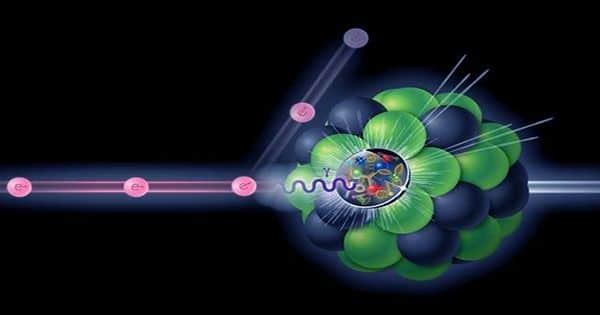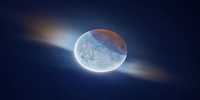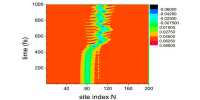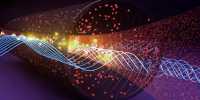The long-awaited results of the American Fermi National Accelerator Laboratory, its particle physics, and the Accelerator Laboratory have strengthened the evidence of brand new physics by showing that our best theory, the standard model of the standard model, does not behave the basic particles. Particle physics prediction. The Moon G-2 test announced its first results and independently confirmed previous observations. The collaboration showed that the measured value of the Moon’s magnetic moment differed from the prediction of the standard model.
The searches have reached the brink of Sigma uncertainty, close to the specificity of the “gold standard” level in the scientific evidence of 5 sigmas, but not yet there. This still means that there is a 3-in-100,000 chance that it wills fluke. Although not entirely certain, the search is the strongest evidence that there is not only the presence of unknown physics there but we know a very good place to start looking for it which is very exciting.
“Today is a wonderful day, long awaited not only by us, but by the entire international physics community,” said Graziano Venanzoni, co-spokesman and physicist at the Moon G-2 test at the Italian National Institute of Atomic Physics. “Lots of credit goes to our young researchers who have allowed us to achieve these incredible results with their talents, ideas and enthusiasm.” The Maun G-2 test is investigating Maun’s extraordinary magnetic binomial moment, which is a particle similar to an electron but 207 times more widespread.
The experiment measures how strong the inner magnet of the moon actually is, we have clear predictions from the theory. Previous measurements, however, provided an indication of a very different quality than expected. There was some room for uncertainty so there was a possibility that the measurement was just a statistical fluke. Alternatively, there were some unknown problems with the test and / or analysis. The most exciting was the last explanation: the searches were due to forces or particles that not predicted in our theories.
To get a clearer idea of what was going on, physicists had to travel about 5,000 kilometers (3,200 miles) across the United States. Original results announced back in 2006 from Brookhaven National Laboratory on Long Island, New York.
However, researchers needed a larger muon accelerator. Chicago had one of the formulas, so they decided to experiment there, as it would be cheaper than building a new accelerator. The giant Muon G-2 electromagnet landed in Florida and then along the Tennessee-Tombigbee River and reached Chicago via the Illinois River.
















